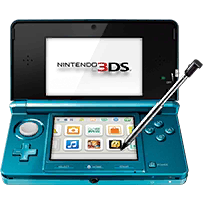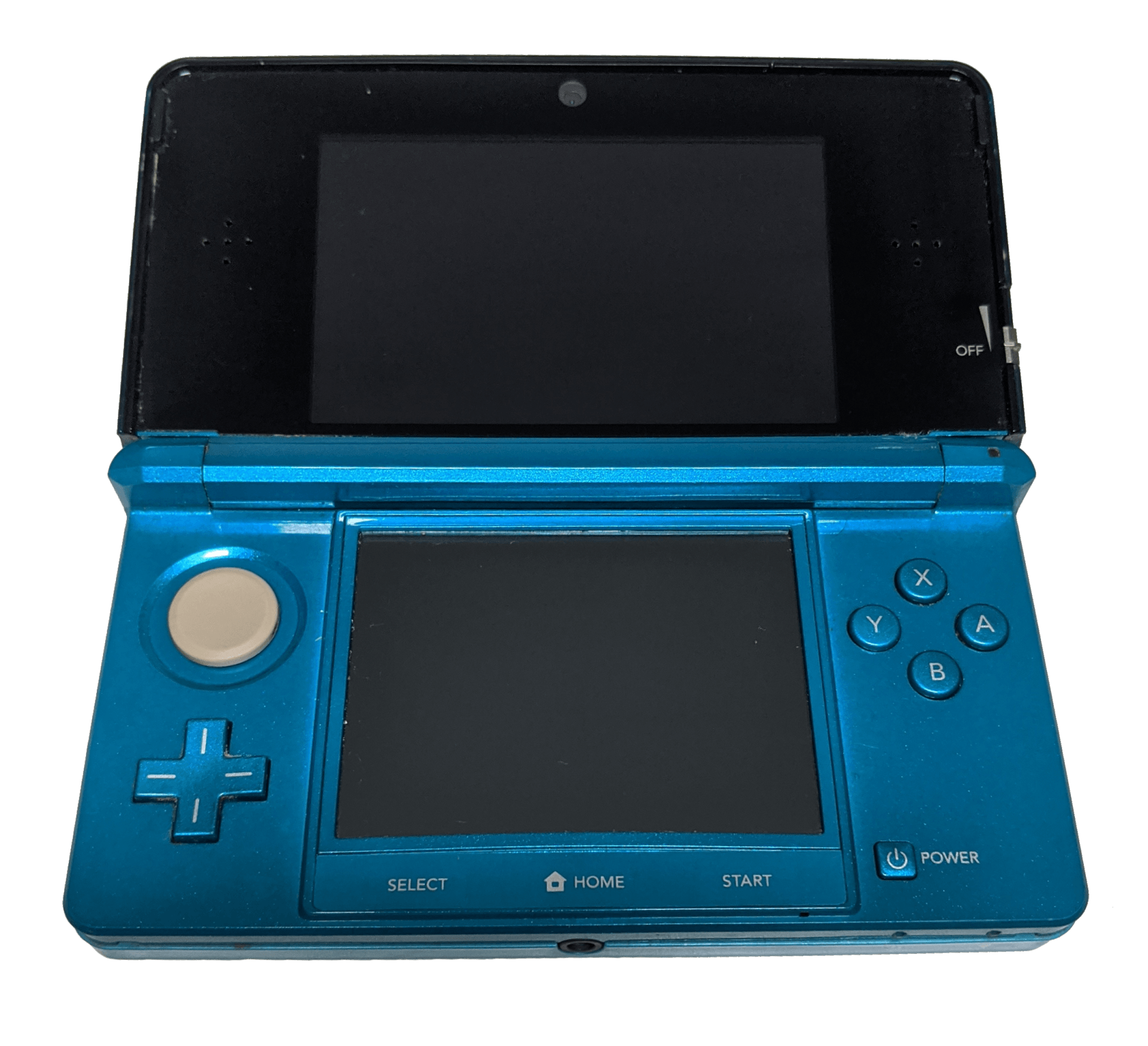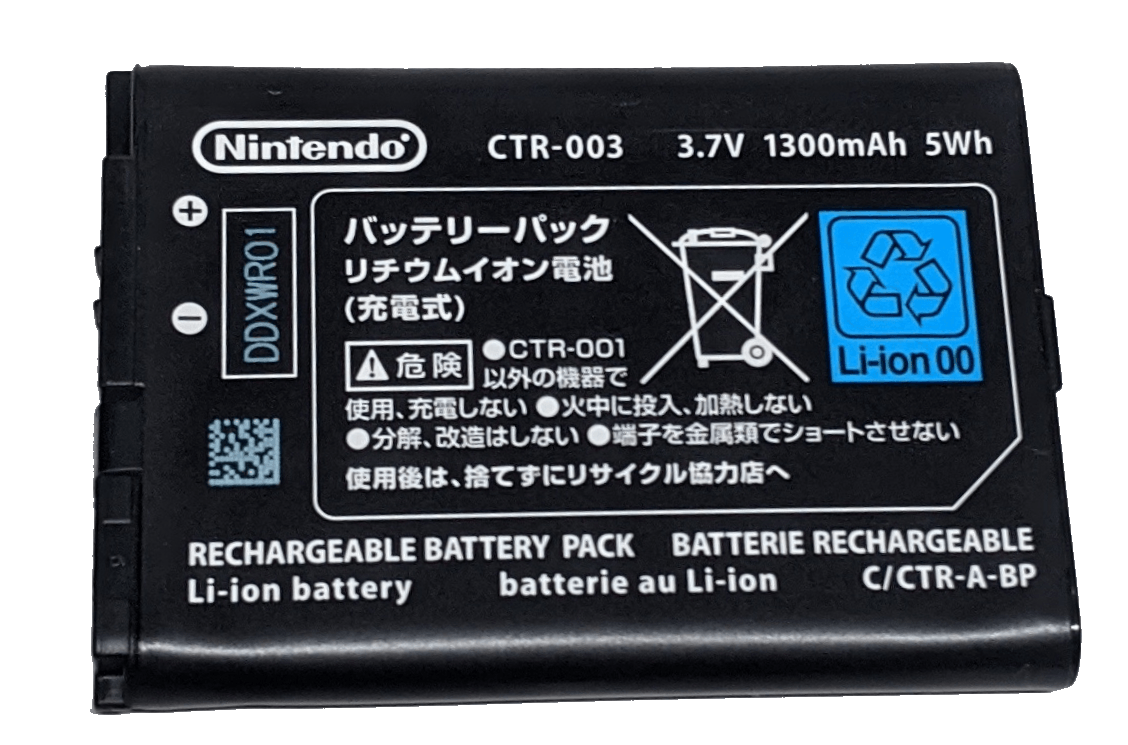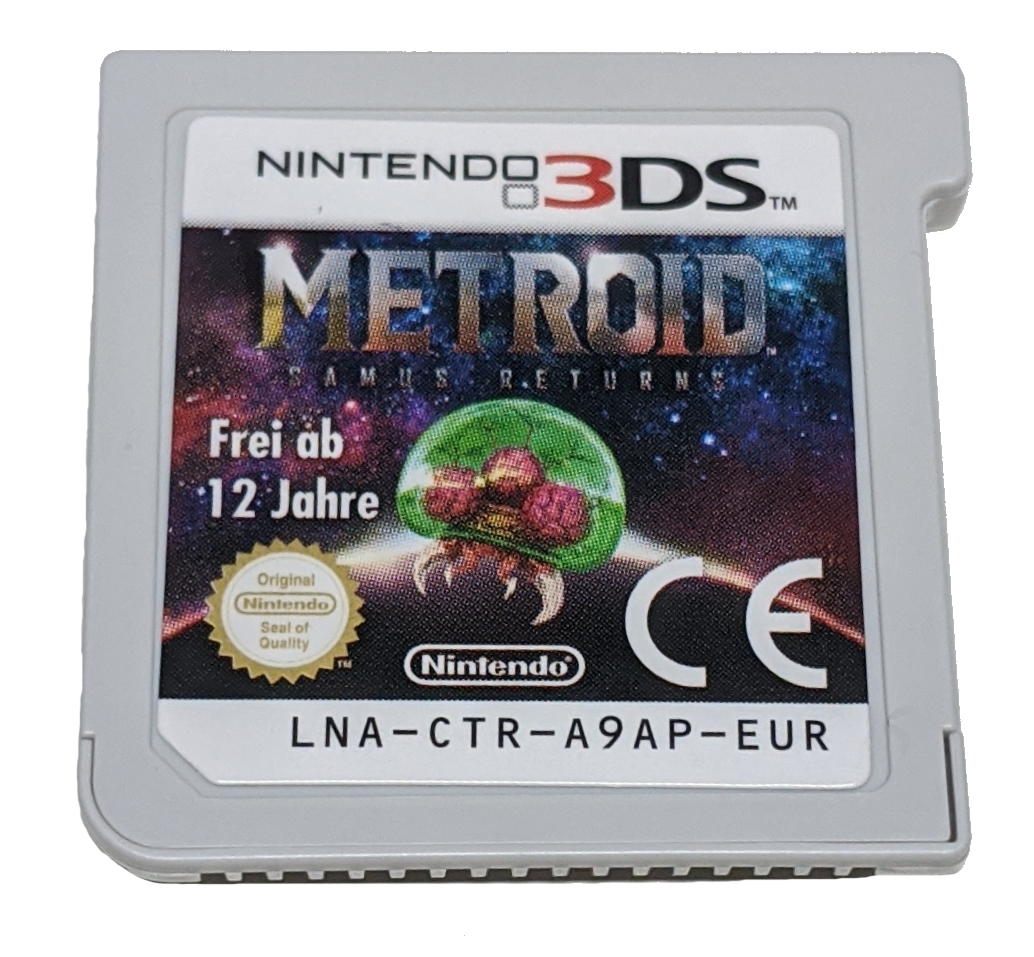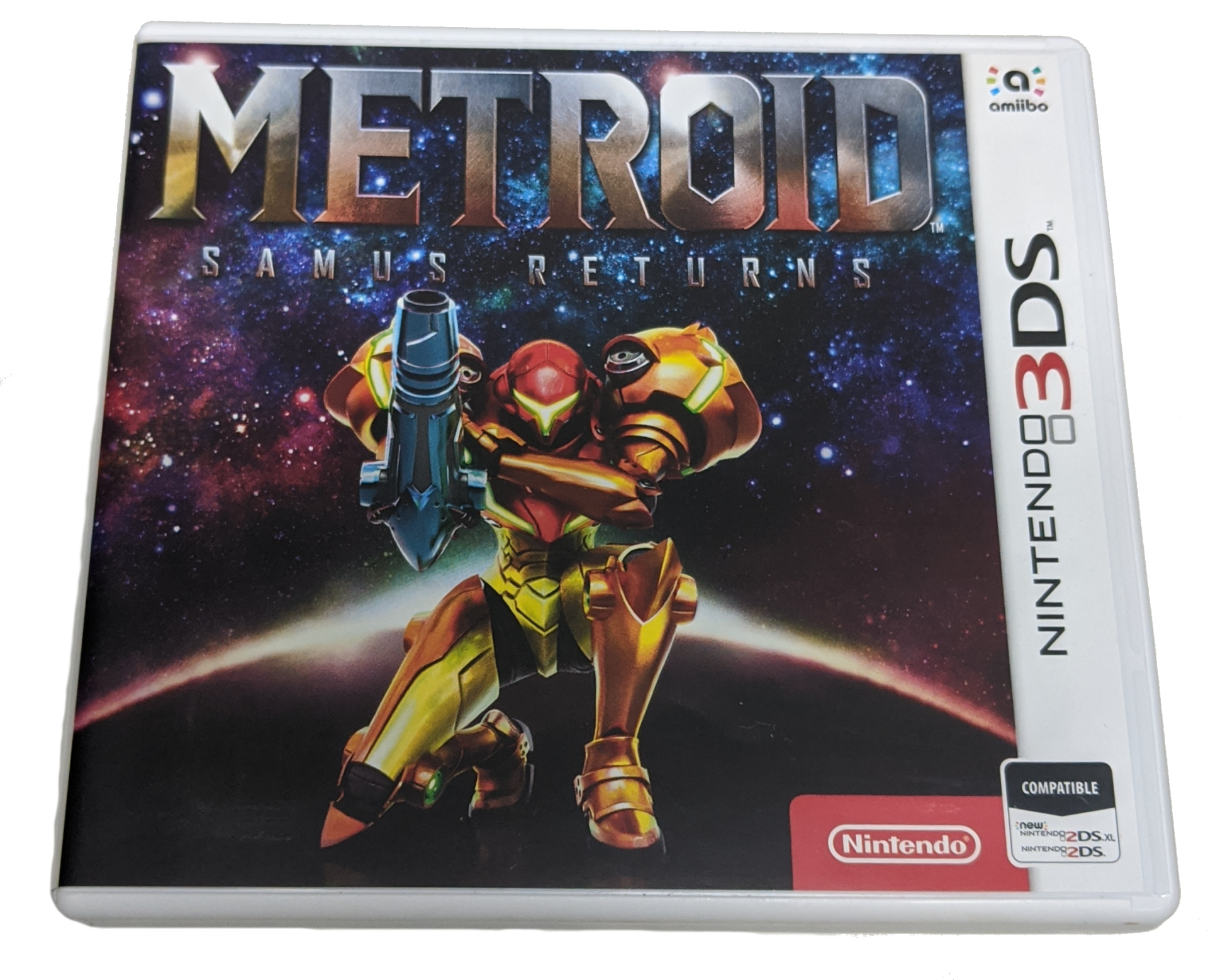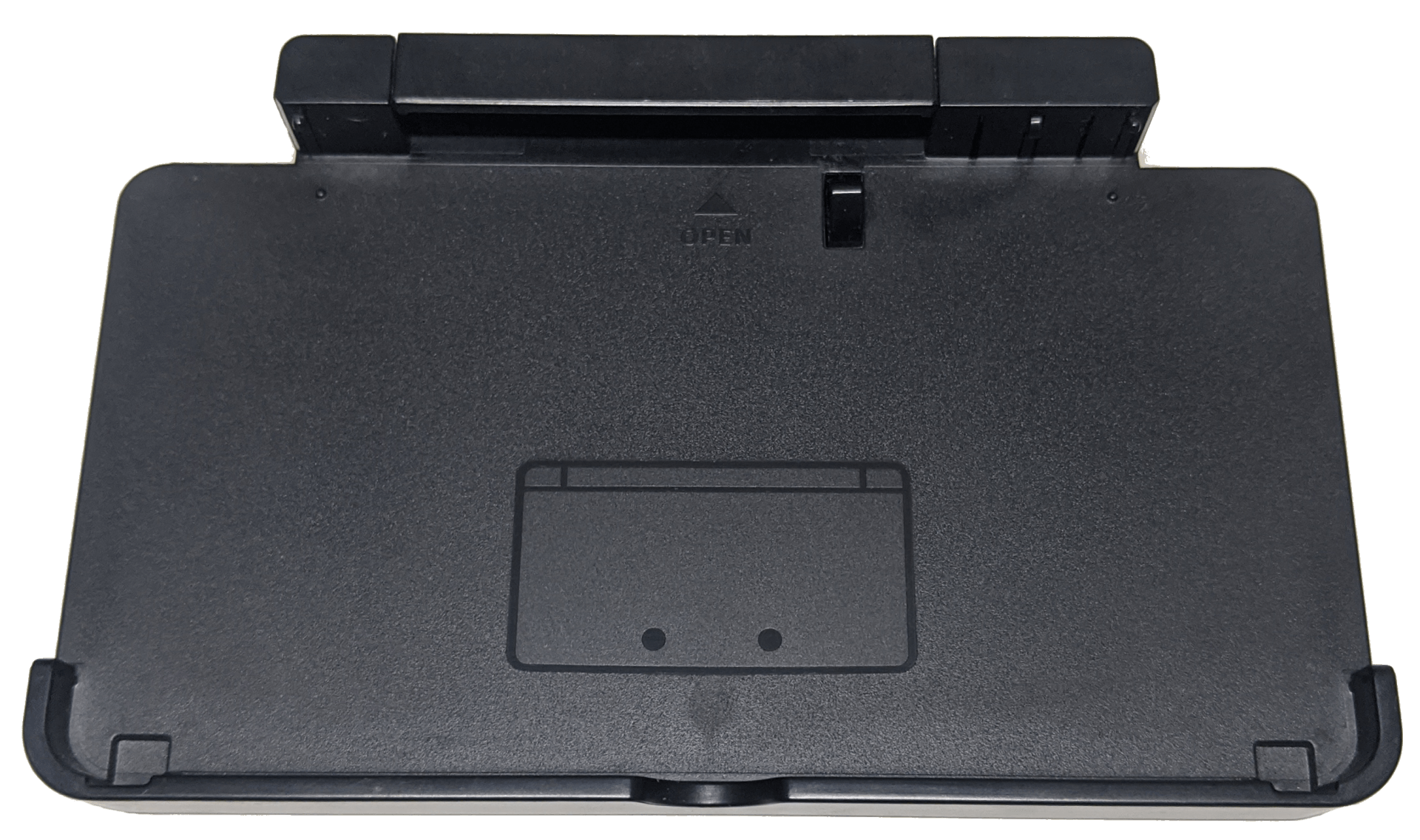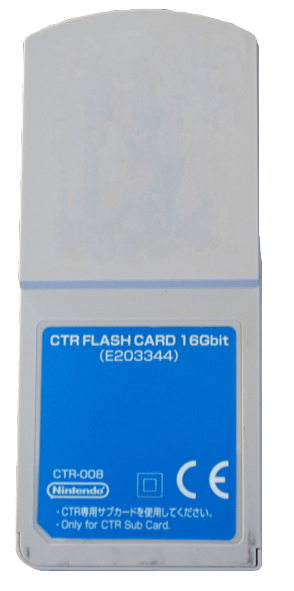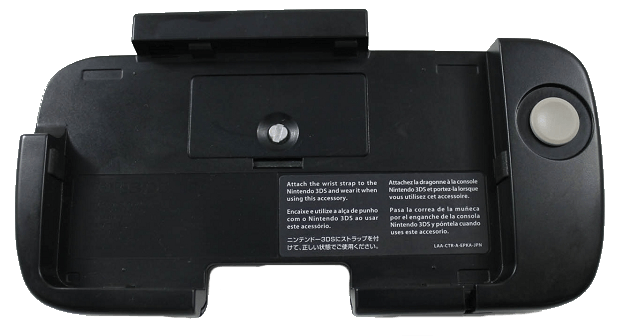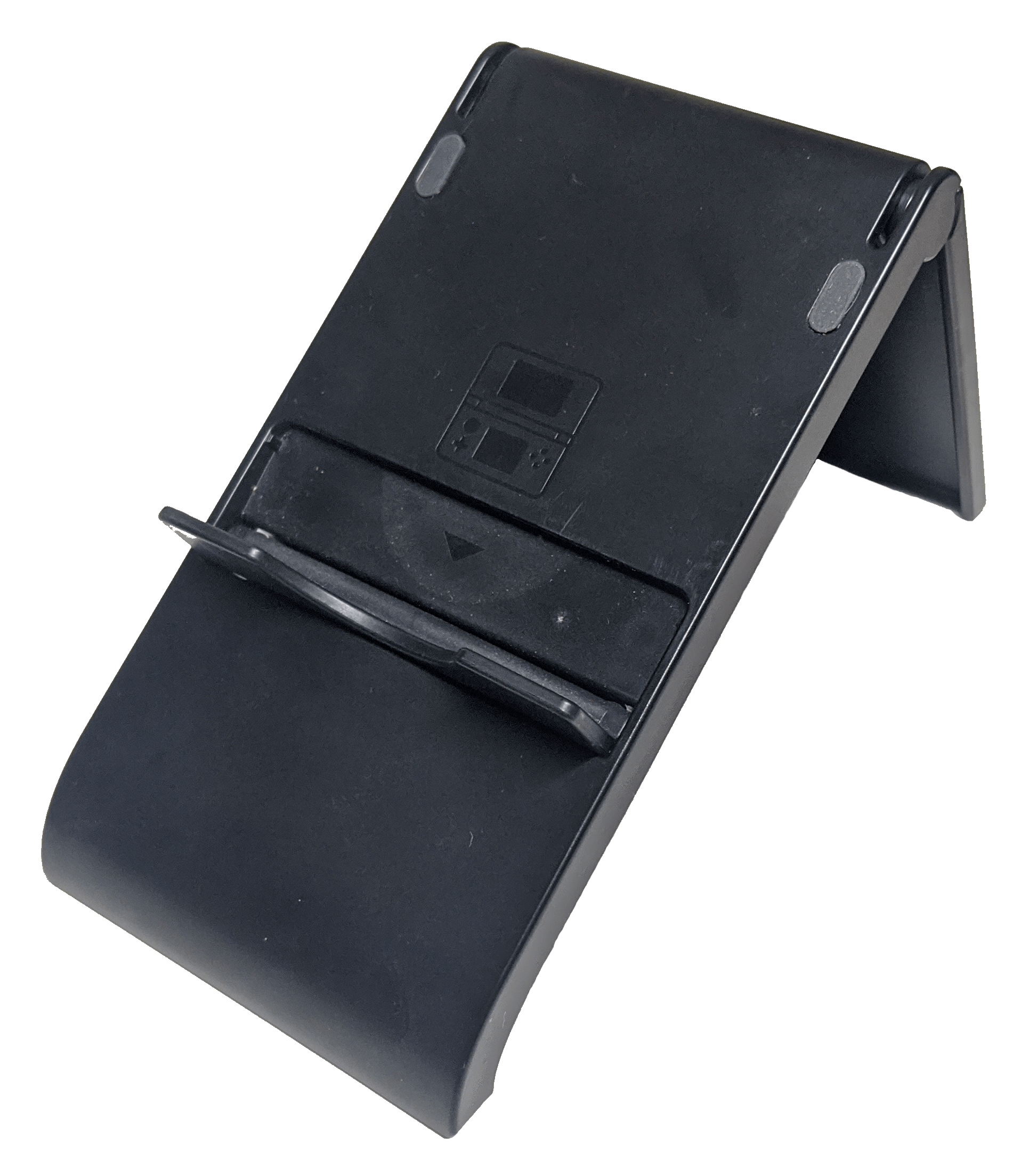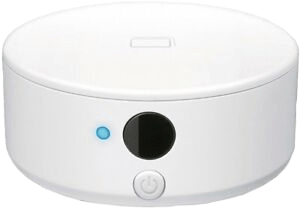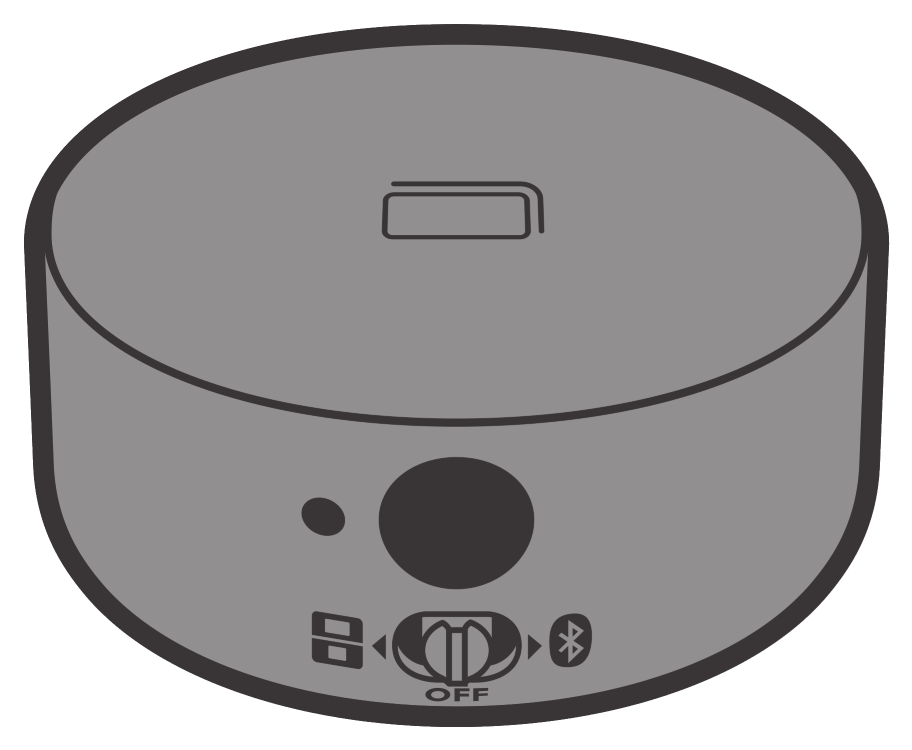Welcome to Luckless Heaven! This website is (soon to be) the biggest encyclopedia for Nintendo-related information on the Internet. Currently under construction.
Nintendo 3DS
The Nintendo 3DS is similar in size and design to the Nintendo DSi, retaining the now iconic clamshell design of the DS family, along with the standard D-pad and four face buttons + two shoulder buttons on the bottom half of the console. The Start, Select and brand new Home button appear along the bottom border of the touch screen. On the top half of the console is a widescreen screen that can display stereoscopic 3D images, whose intensity can be altered using the slider control on the right side. The camera on this console is now also capable of taking 3D photos, which can be saved on removable media using the console's SD card slot. The Nintendo 3DS is backwards compatible with DS games.
CTR-001(-01)
Sometimes referred to as "Panda" units, Nintendo 3DS consoles with the code CTR-001(-01) are development consoles which are used for testing games in a standard player environment. These consoles don't offer much in terms of debugging ability and generally aren't much different from standard Nintendo 3DS consoles, only having a unique colour of the casing and special software in the NAND and BootROM. Panda units can be used to launch software from Nintendo 3DS and Nintendo DS cartridges, the NAND and the SD card, whilst bypassing the Home menu. They can't launch standard retail games or access the eShop.
CTR-001(-02)
This model is referred to as the "Partner CTR Controller" and comes with all Partner CTR devices. The Partner CTR devices are a set of Nintendo 3DS dev kits manufactured by Intelligent Systems for the purposes of testing and debugging Nintendo 3DS games. A pair of proprietary cables connect this model to the Partner CTR device, allowing both 3DS screens to be displayed on computer monitors. The ports for these cables replace where the cartridge slot would usually be on a Nintendo 3DS. The reason for the wired 3DS model is to emulate the user experience of playing a game on an actual Nintendo 3DS console, though the console is still used to control the game even if developers are choosing to use a computer monitor to view the game. In terms of hardware, this model is a reduced version of a regular Nintendo 3DS, only really containing the necessary components to power the two handheld screens, with the rest of the Nintendo 3DS hardware being contained in the Partner CTR device.
CTR-001(-04)
A retail display model used for in-store demonstrations of upcoming or recently released games, this model is largely the same as the retail model, though the system will not boot up unless connected to a WAP-002 power adapter, presumably to stop vandals from stealing them from shops.
CTR-001(-05)
Another retail display console, this model lacks the ability to use batteries, and uses a Micro-HDMI Type-D port instead of a WAP-002 port for power, though it seems to require a modified Micro-HDMI Type-D cable to function. Aside from that, the Home button doesn't work and pressing the Power button will turn the console off only momentarily, before turning the console back on again.
CTR-001(-06)
The Louvre units are a special version of the Nintendo 3DS, which can only be found in the famous French art museum, the Louvre, intended for visitors to use as interactive guides. It does not have working speakers, though earphones can be used with the system as they are available for rental for additional charge at the Louvre. The Wi-Fi slider is either fake or glued in place. The console only has a minimal OS, basically making it useless without the CTR Guide Boot cartridge (which causes the console to launch directly into the software, and is usually screwed into the console to prevent removal by visitors). It's also speculated it may lack infrared.
Nintendo 3DS Cartridge Case
The cases that the game cartridges come in. They're a similar size to the original Nintendo DS cases but a bit slimmer.
CTR-006(-01)
The Nintendo 3DS Card Case 18 is a variation of the standard Nintendo 3DS Cartridge Case that removes the plastic usually used to hold instruction manuals and flyers and adds 17 additional game cartridge slots. These cartridge slots hold both Nintendo DS cartridges and Nintendo 3DS cartridges, allowing storage of 18 DS and/or 3DS games at once. The Nintendo 3DS Card Case 18 was only available via Club Nintendo but would be frequently re-released with various different cover arts.
Nintendo 3DS NFC Reader/Writer (Infrared)
The Nintendo 3DS NFC reader/writer can read and write amiibo data through infrared communication with a Nintendo 3DS, 3DS XL and 2DS. It does not support non-amiibo NFC tags, and is not needed for New Nintendo 3DS, 3DS XL and 2DS models, as they have amiibo compatibility built-in.
Nintendo 3DS NFC Reader/Writer (Bluetooth)
This Nintendo 3DS NFC reader/writer can read and write amiibo data through both infrared communication with a Nintendo 3DS, 3DS XL and 2DS, or via Bluetooth communication. This peripheral was never released and was initially only known due to an FCC listing, which can be found
here. Later on, an official manual was found hosted on Nintendo of Europe's website, found
here. The manual indicates that this version of the NFC Reader/Writer would have been a darker colour, possibly dark grey or black. The manual also shows that the power button has been replaced with a power switch, allowing the user to switch between an off state, infrared communications and Bluetooth communications. The manual states that it's possible to connect the device to smartphones and tablets via Bluetooth, though ultimately, none of Nintendo's phone games have amiibo compatibility. It's unknown if amiibo compatibility for phone games was cancelled due to this device not releasing, or if the device was cancelled due to the lack of amiibo features in Nintendo's phone games. The FCC listing appeared in October 2016, prior to the release of "Animal Crossing: Pocket Camp", a smartphone app for a series with a notoriously large amiibo collection, so it's safe to speculate that this device might been designed with that game in mind.

